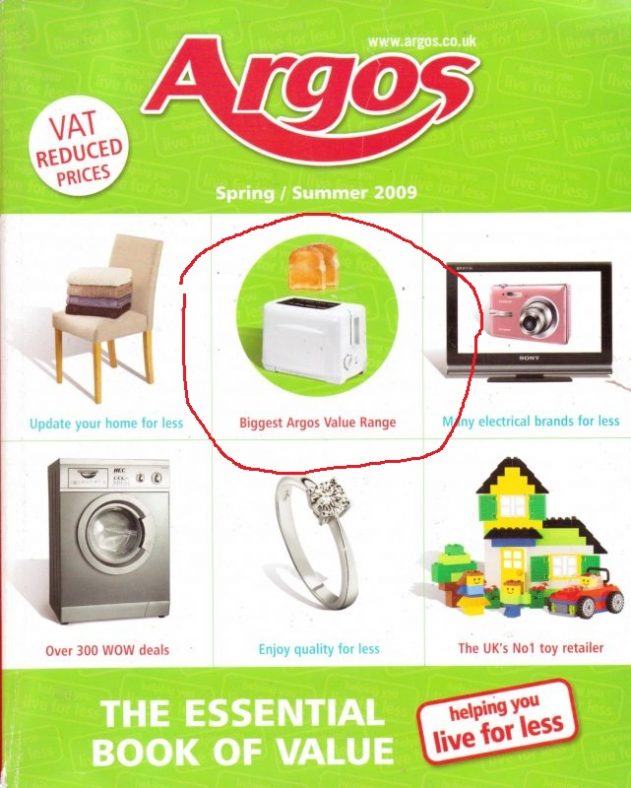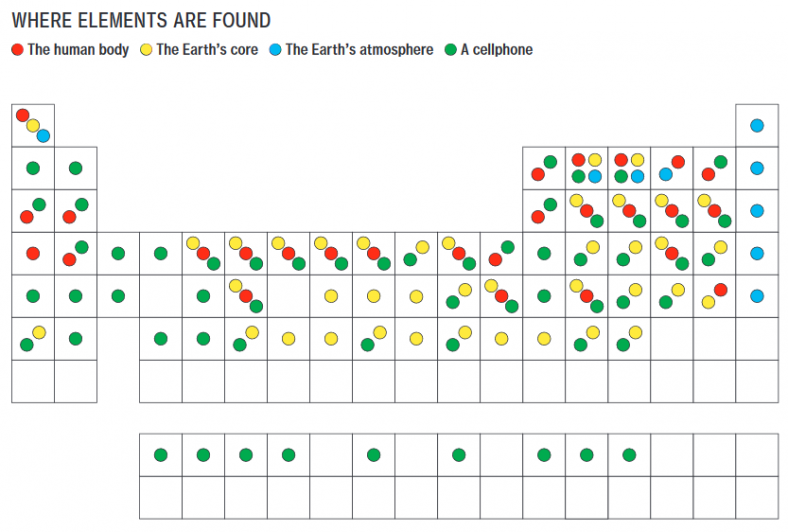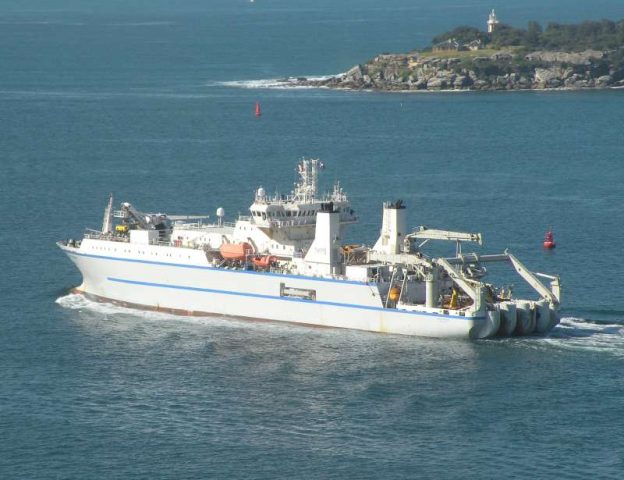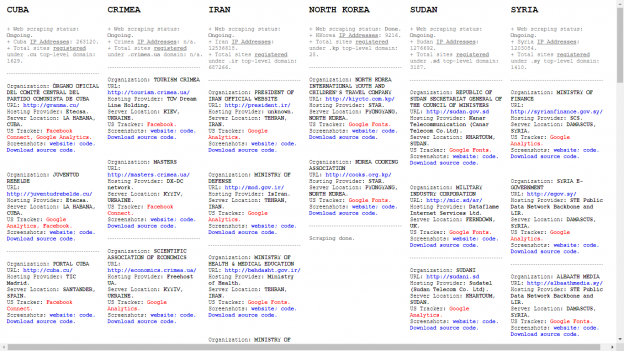Zombie Media: Circuit Bending Media Archaeology into an Art Method by Garnet Hertz and Jussi Parikka made me wonder, what if one doesn’t have a clue how to bend circuits, but still wants to meaningfully manipulate consumer electronics. How to do it without touching wires and boards?
I have two examples in mind that are surely not part of the circuit bending culture and also not converting waste into something usable. Their method is more destructive than constructive, yet they have similar reverse engineering and critical attitude to consumerism than circuit benders.
The Persistence of Chaos is an art project by Guo O Dong and cybersecurity company Deep Instinct. The object they created is a normal Samsung laptop where they installed six computer viruses: ILOVEYOU, MyDoom, SoBig, WannaCry, DarkTequila and BlackEnergy. These malwares have got a lot of media attention, because of the damage they have cost to different instances. Also Dong’s project got notified in media earlier this year, because it was sold in auction for $1.35 million. The virus laptop is now unusable non-functional object and as a sculpture serves different purpose than originally. One could say Dong destroyed it but on the other hand the laptop was from 2008, so in our current cycle it was already expired = waste.

An image of Dong’s malwared laptop. (Taken from: https://thepersistenceofchaos.com/)
The second thing in my mind is perhaps on-going and untitled project by Ingrid Burrington. In her essay last year, Burrington describes that she is sandpapering and grinding an old iPhone at her studio. Slowly, meditatively. When Dong manipulated the software of the computer, Burrington focuses on the physicality. The images of her process show that the phone has partly transformed to dust and small pieces.
She explains:
“I’m slowly sanding this iPhone down into a pile of black and gray and glass fragments because I want to see if I can make it look more like the materials it’s actually made of.”
These projects are not circuit bending, but still an interesting way to convert waste electronics into something meaningful. Would be nice to find more like these.
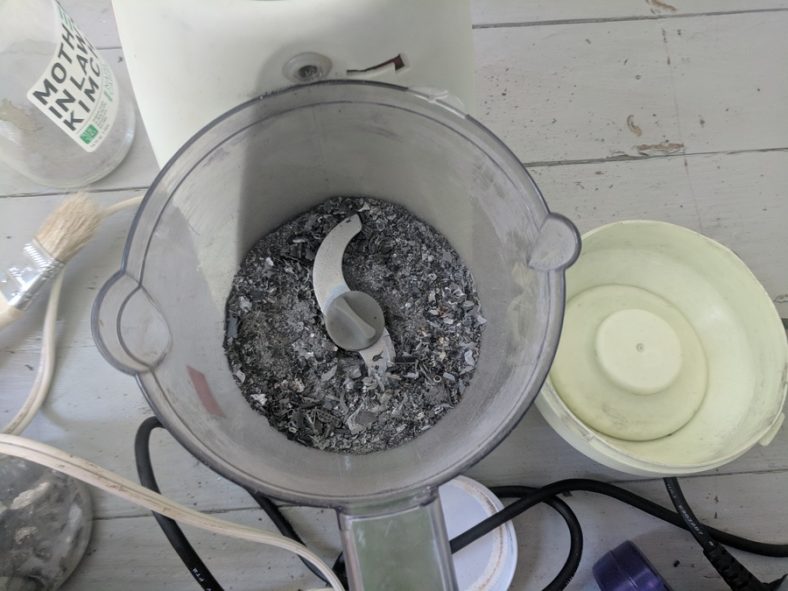
Burrington’s grinder and iPhone. (Taken from: https://thecreativeindependent.com/people/sand-in-the-gears/)
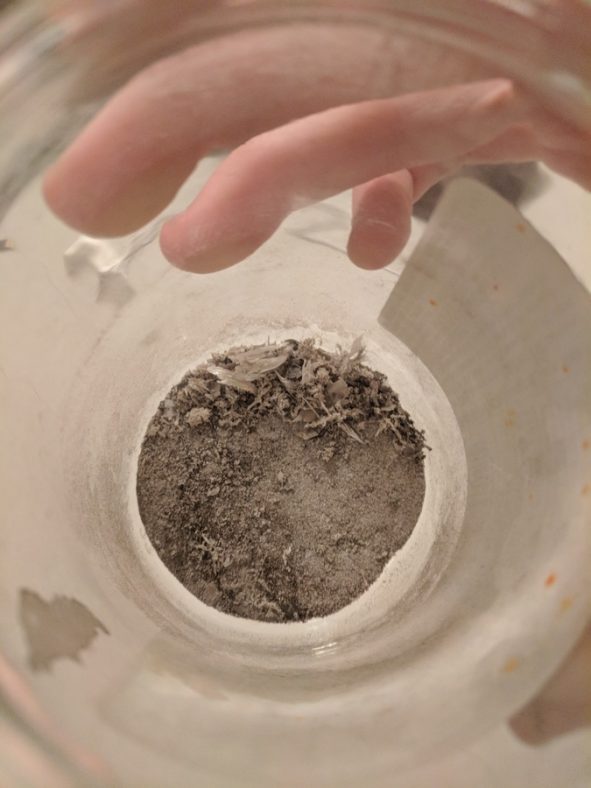
Dusted iPhone. (Taken from: https://thecreativeindependent.com/people/sand-in-the-gears/)



